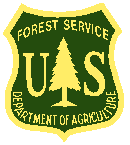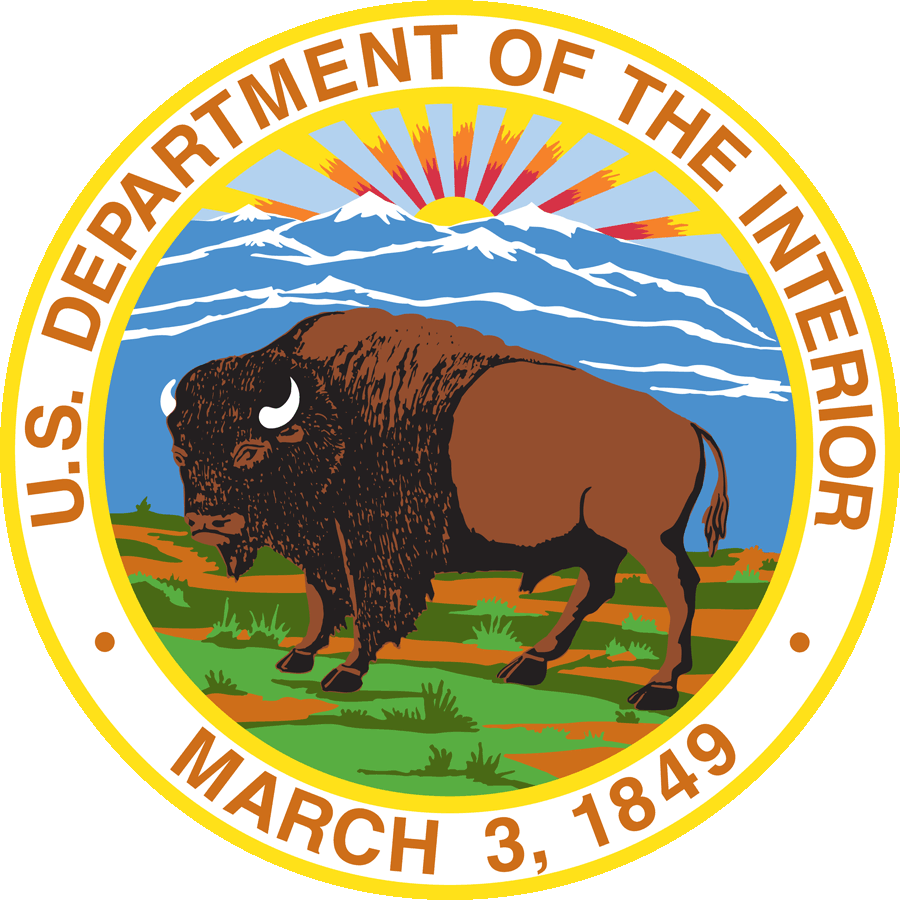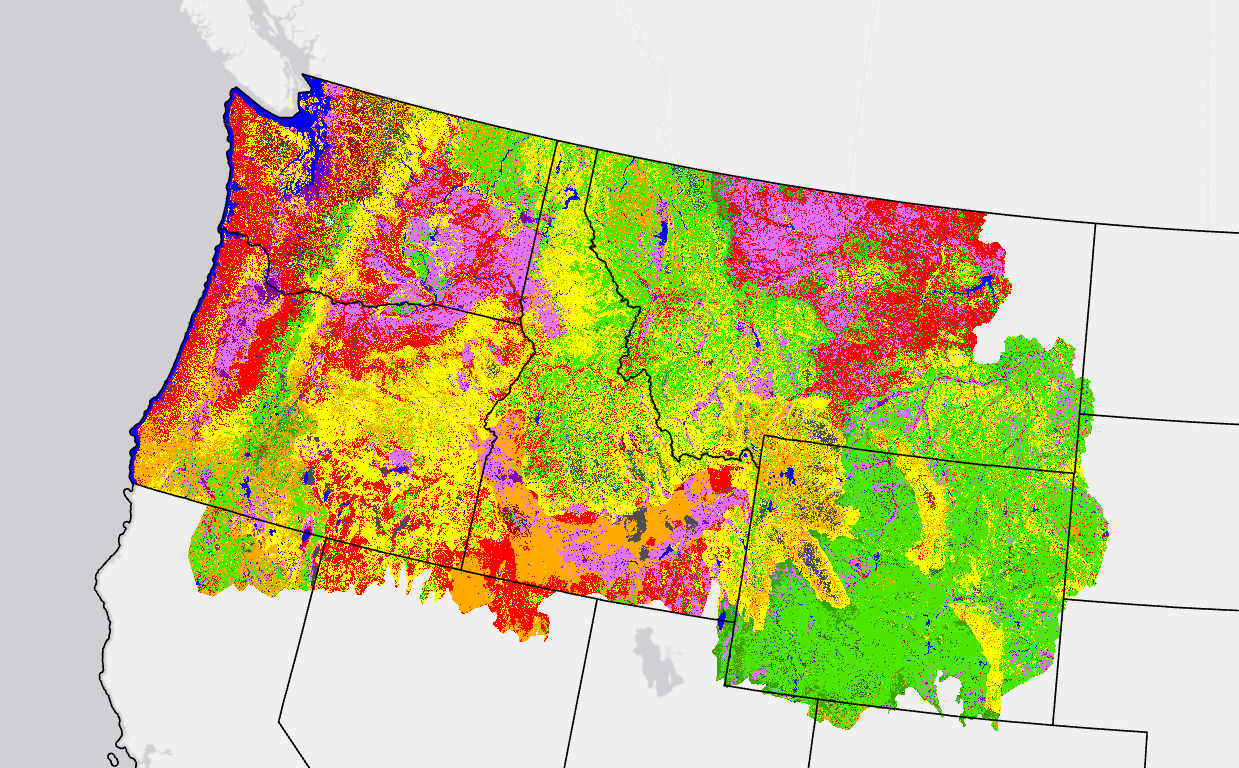




 Latest News
Latest NewsVegetation Condition Class (VCC) represents a simple categorization of the associated Vegetation Departure (VDep) and is a derivative of the VDep layer. It indicates the general level to which current vegetation is different from the estimated historical vegetation reference conditions. VDep and VCC are based upon methods originally described in the Interagency Fire Regime Condition Class Guidebook, but are not identical to those methods. Full descriptions of the methods used can be found in the VDep product description. Note that the LANDFIRE (LF) team feels it is very important for users to review the VDep methods before comparing VDep or VCC values across LF versions.
VCC is not always created for all extents and/or all versions of LF. See the schedule page to learn more about each version.
Note: Find multiple answers on our FAQ page for the name change from FRCC to VCC.
In LF 2012, the original three VCC classes were divided in half to create six VCC classes to provide additional thematic resolution. The below table describes the classes:
| LF 2012 and forward | LF c2001 National, LF 2001, LF 2008 |
| VCC I.A: Very Low, VDep 0 - 16 | VCC I: Low departure, VDep 0 - 33 |
| VCC I.B: Low, VDep 17 - 33 | |
| VCC II.A: Moderate to Low, VDep 34 - 50 | VCC II: Moderate departure, VDep 34 - 66 |
| VCC II.B: Moderate to High, VDep 51 - 66 | |
| VCC III.A: High, VDep 67 - 83 | VCC III: High departure, VDep 67 - 100 |
| VCC III.B: Very High, VDep 84 - 100 |
The six new VCC classes can be collapsed into the original three VCC classes as shown above. Both the original three and new six class VCC classifications are included as attributes in the LF 2012 and beyond VCC layer.
Product availability
Attribute Data Dictionary (LF 2.3.0)
Comma separated value (CSV) files can be found in the LF Library.
Download DataMetadata:
